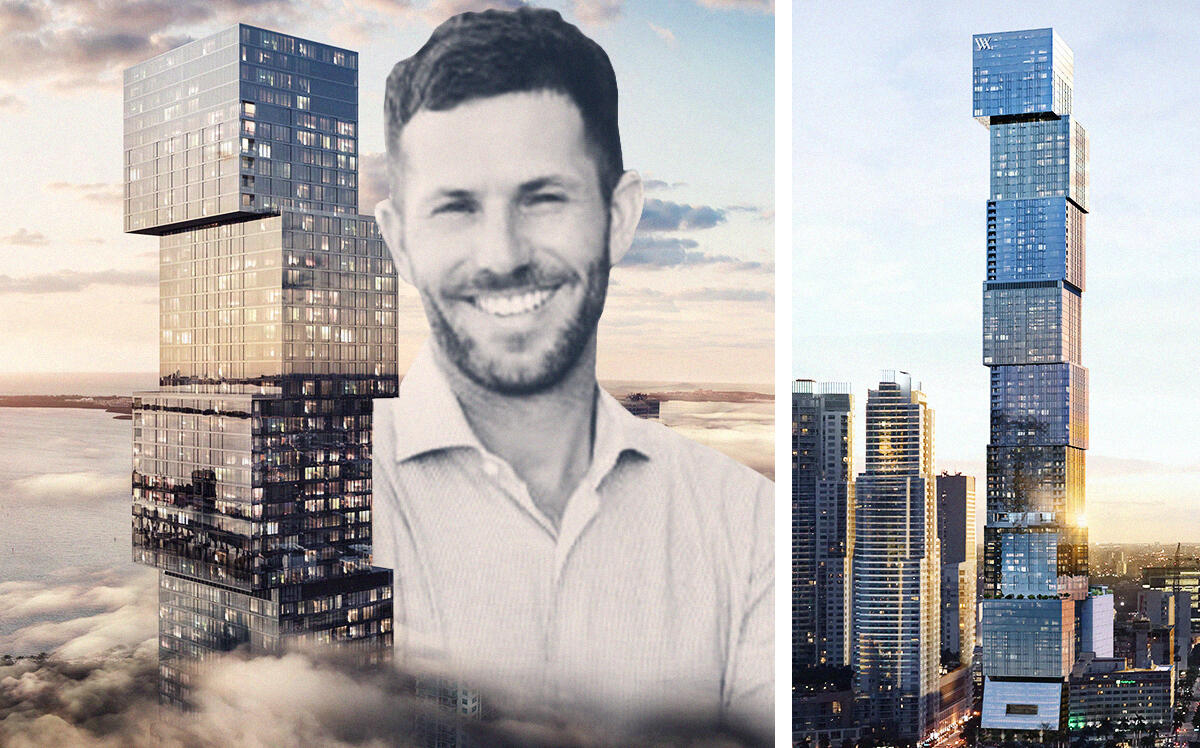Trending
What it takes to develop a Miami supertall
For Waldorf Astoria, PMG had to get permission from airport, use city's first tuned mass damper

The developer of Miami’s first supertall broke ground on the project, kicking off one of the most challenging developments in the city’s history.
PMG and its partners, Greybrook, Mohari Hospitality, S2 Development and Hilton began construction of the 1,049-foot-tower at 300 Biscayne Boulevard in downtown Miami. The developers are building the Waldorf Astoria Hotel & Residences, which is one of a few supertalls planned in South Florida. It could be the tallest residential building south of New York City once it’s completed in 2027.
Among the hurdles that the developers had to overcome is securing Miami International Airport’s blessing, because the building will be in the airport’s flight path. That process took several years, the Wall Street Journal reported.
It will surpass Miami’s current tallest tower — Panorama — which is nearly 900 feet tall. Other developers, including Swire Properties and Related Companies, as well as Michael Stern’s JDS Development, plan supertalls in the Brickell area.
The Waldorf Astoria building, designed as a stack of cubes, will require a tuned mass damper that acts like a pendulum to keep the building from swaying in the wind. It will be the first building in Miami to have one.
John Moriarty & Associates is the general contractor. The project, with 205 hotel rooms and 360 luxury condos, is about 87 percent presold, according to a release.
Like other recent projects that include Una Residences in Brickell and Brickell City Centre, the Waldorf Astoria project will have a foundation built using deep soil mixing. That process could take a year, PMG’s Kevin Maloney told the Journal. The building’s size and weight will hold it down during hurricane strength winds, Maloney said. At Una, construction breached the water table and caused temporary flooding on the site, which concerned neighboring residents and owners, and paused construction.
Maloney said that the cost of insurance has shot up 300 percent over the last 18 months, which will be one of the factors limiting how many projects end up being built in South Florida. At the Waldorf, Maloney said the financing the developers secured and their preconstruction sales will cover the increased expense. Insurance and construction costs are expected to continue rising, especially following Hurricane Ian.
Sales began in March of last year with unit prices beginning at about $1 million. Prices have jumped since then. PMG, led by Maloney, Ryan Shear and Dan Kaplan, announced the Waldorf Astoria brand in 2018, but the project had been in the works for years prior.
PMG acquired the property for $80 million in 2014, and built X Miami, a rental tower, next to the site.
— Katherine Kallergis




